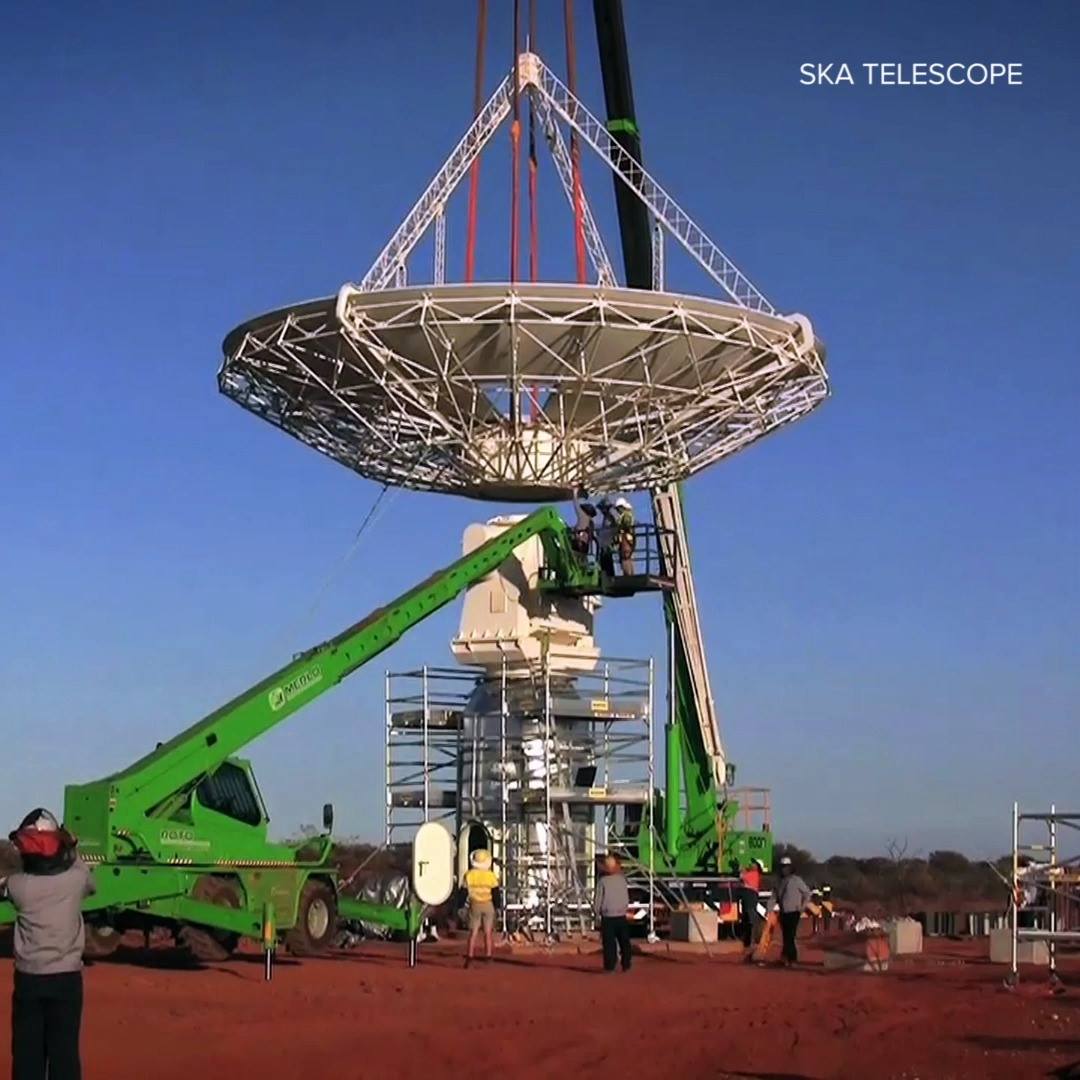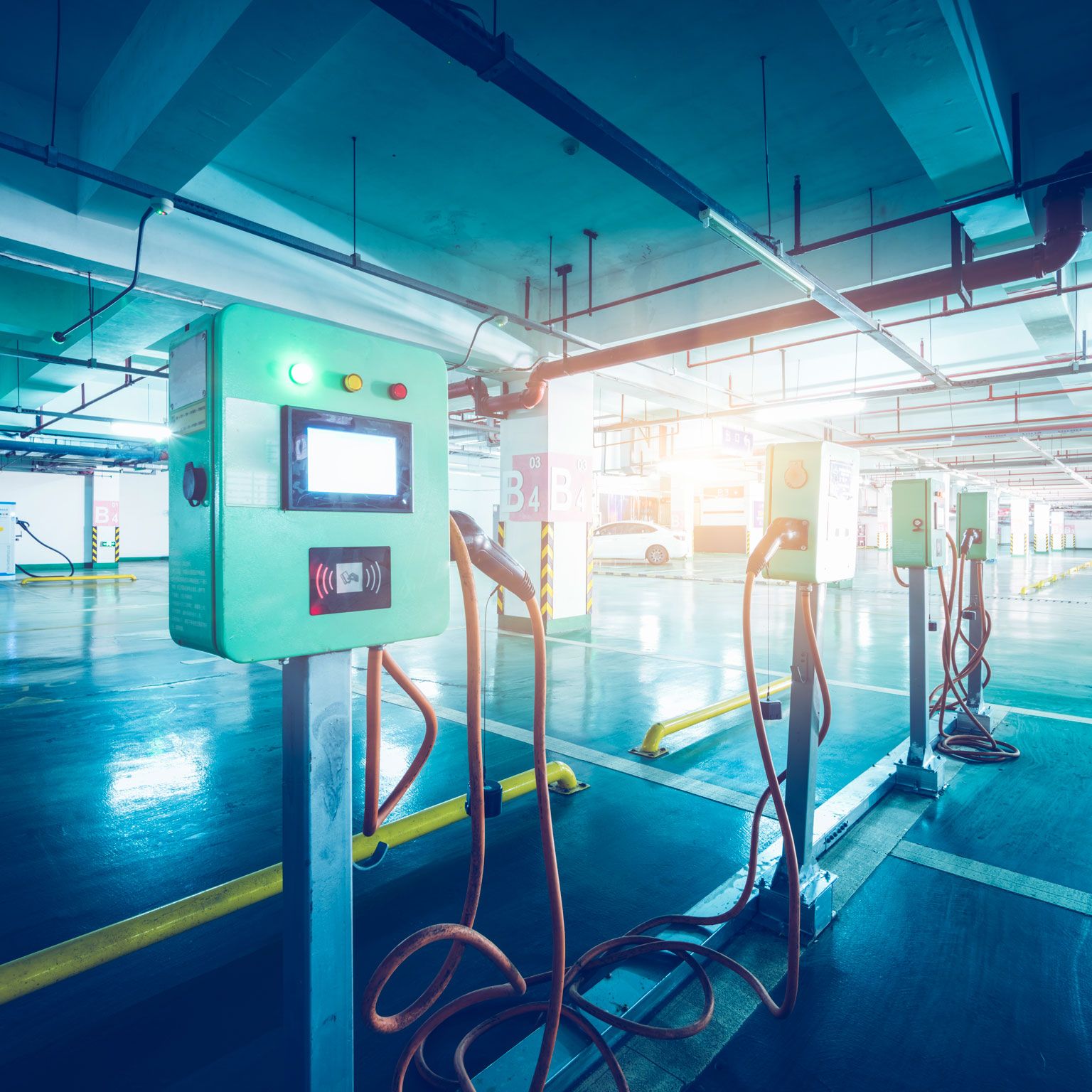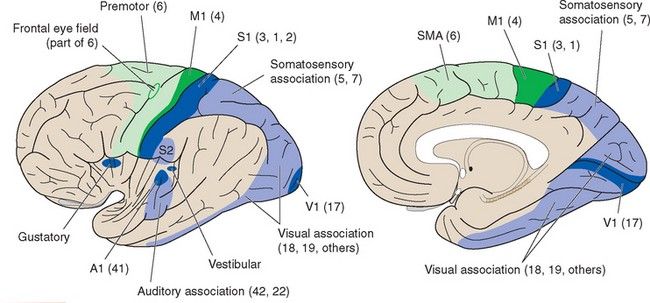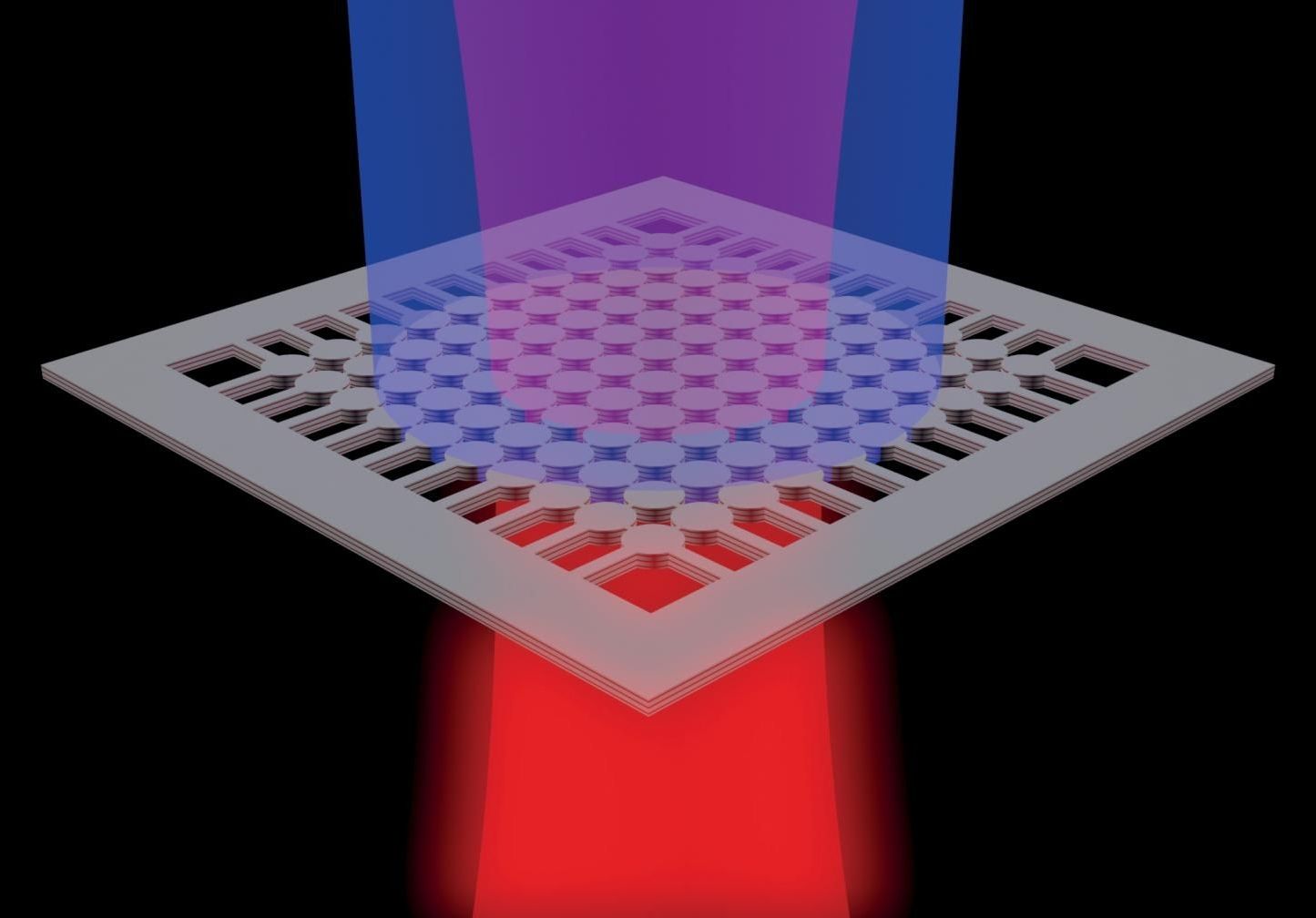Page 9932
Aug 8, 2018
Upcoming Perseid Meteor Shower Will Decorate Sky
Posted by Michael Lance in category: futurism
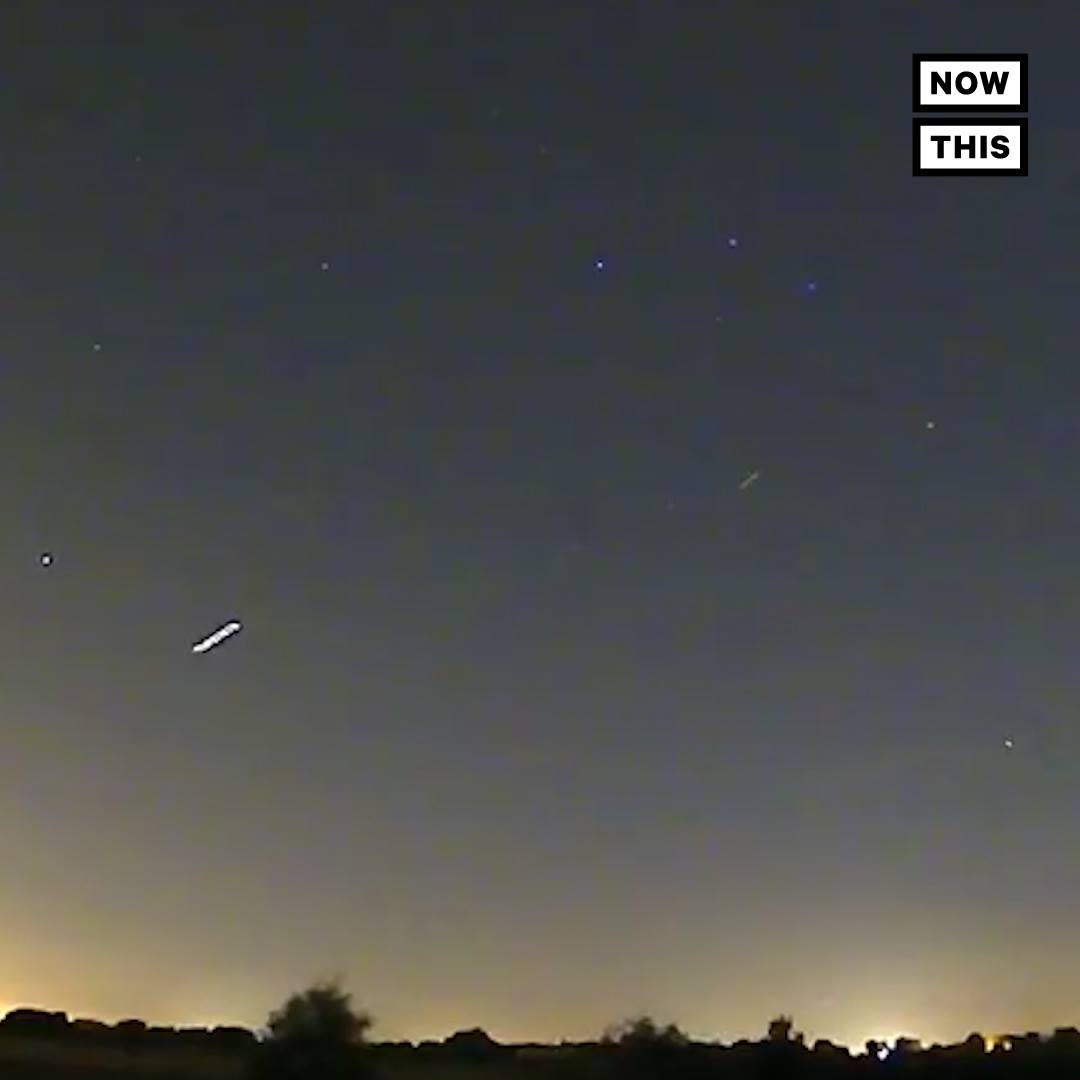
Watch this preview of the Perseid Meteror shower that’ll blaze through the sky this weekend.
Aug 8, 2018
ZS Mythos (3a/3): Twelve Foundation Stones
Posted by Mark Larkento in categories: entertainment, transhumanism
Transhumanity.net Social Futurism & the Zero State.
This article is part of a series about the Mythos (worldview-narrative) underlying the Zero State (ZS). Part 1 is about our highest concept, ideal, and level of organization, which we call The Array. Part 2 explains the Sections & Sessions our core activity revolves around, and Part 3 (below) covers the Twelve Foundation Stones that form the basis of our story.
A previous article I wrote for Tnet mentioned the need for entertainment that gives people a strong sense of meaning and purpose in their lives, and introduced an idea known as the twelve “Foundation Stones” of the ZS-ARG Mythos. The Foundation Stones are the seeds of our unifying narrative. Each is the fragmentary initial story of one of the twelve ZS Houses, outlined very briefly below and spelled out in full in the forthcoming Black Book.
Continue reading “ZS Mythos (3a/3): Twelve Foundation Stones” »
Aug 8, 2018
Egyptian students design car that runs on air
Posted by Genevieve Klien in categories: energy, transportation
CAIRO (Reuters) — A group of Egyptian students has designed a vehicle they say will battle rising energy prices and promote clean energy by running on nothing but air.
Aug 8, 2018
The potential impact of electric vehicles on global energy systems
Posted by Bill Kemp in categories: energy, transportation
Electric vehicles are unlikely to create a power-demand crisis but could reshape the load curve. Here’s how to bend that curve to your advantage.
Could electric vehicles (EVs) soon face a different kind of gridlock? With the electrification of mobility accelerating, energy producers and distributors need to understand the potential impact of EVs on electricity demand (Exhibit 1). The good news: McKinsey analysis suggests the projected growth in e-mobility will not drive substantial increases in total electrical-grid power demand in the near to midterm, thus limiting the need for new electricity-generation capacity during that period.
Aug 8, 2018
Uncertain human consequences in asteroid risk analysis and the global catastrophe threshold
Posted by Alexei Turchin in categories: asteroid/comet impacts, biotech/medical, existential risks, policy
By pure coincidence, the article by Seth Baum was published just 5 days after a small asteroid exploded over early warning Tule station in Greenland.
This paper studies the risk of collision between asteroids and Earth. It focuses on uncertainty in the human consequences of asteroid collisions, with emphasis on the possibility of global catastrophe to human civilization. A detailed survey of the asteroid risk literature shows that while human consequences are recognized as a major point of uncertainty, the studies focus mainly on physical and environmental dimensions of the risk. Some potential human consequences are omitted entirely, such as the possibility of asteroid explosions inadvertently causing nuclear war. Other human consequences are modeled with varying degrees of detail. Direct medical effects are relatively well-characterized, while human consequences of global environmental effects are more uncertain. The latter are evaluated mainly in terms of a global catastrophe threshold, but such a threshold is deeply uncertain and may not even exist. To handle threshold uncertainty in asteroid policy, this paper adapts the concept of policy boundaries from literature on anthropogenic global environmental change (i.e., planetary boundaries). The paper proposes policy boundaries of 100 m asteroid diameter for global environmental effects and 1 m for inadvertent nuclear war. Other policy implications include a more aggressive asteroid risk mitigation policy and measures to avoid inadvertent nuclear war. The paper argues that for rare events like large asteroid collisions, the absence of robust data means that a wide range of possible human consequences should be considered. This implies humility for risk analysis and erring on the side of caution in policy.
Aug 8, 2018
Smart Keyboard Could Be Self-Powered, Self-Secured, Self-Cleaning
Posted by Genevieve Klien in category: energy
Scientists have come up with a prototype keyboard that can recognize different typing styles, provide its own power, and possibly even keep itself clean.
Aug 8, 2018
Tesla’s production problems extend to its solar roof business, too
Posted by Bill Kemp in categories: business, Elon Musk, energy, sustainability, transportation
The production problems Tesla has faced with its Model 3 have been well documented. Now, sources say the company is facing similar issues with its solar roof tile initiative. According to Reuters, former and current employees have revealed that assembly line problems, plus CEO Elon Musk’s exacting aesthetic demands, has delayed production, causing tension with partner Panasonic, and rattling officials that are keen to see a return on significant state investment.
The “Solar Roof,” produced at Tesla’s factory in Buffalo, New York, is designed to look like and function as a regular roof while also generating energy. According to sources, technical challenges have delayed production, as has Musk’s design plans. Speaking to Reuters, one source said that “Aesthetic look is the key point that Elon is not always satisfied with. That’s the big issue.”
Neither Tesla nor Reuters’ sources have revealed current production figures for the roof tiles, but the delays are such that Panasonic — which the initiative depends on for solar components — has been forced to find other buyers for the parts it had built to sell to Tesla. According to a former Panasonic employee, the company has been shipping “large volumes” of its photovoltaic cells as samples to other prospective buyers, due to low demand from Tesla. Panasonic declined to comment on the issue, stating only that it “believes Tesla will use Panasonic cells when it mass-markets the Solar roof.”
Continue reading “Tesla’s production problems extend to its solar roof business, too” »
Aug 8, 2018
The Connection Of Point Brain Computer Interface — The Cerebral Cortex
Posted by Genevieve Klien in categories: computing, neuroscience
The whole thing starts with cerebral cortex. It is divided into four major parts, or sometime people call it lobes.
1. Frontal
2. Parietal
Continue reading “The Connection Of Point Brain Computer Interface — The Cerebral Cortex” »
Aug 8, 2018
New laser based on unusual physics phenomenon could improve telecommunications, computing
Posted by Klaus Baldauf in categories: computing, engineering, physics
Researchers at the University of California San Diego have demonstrated the world’s first laser based on an unconventional wave physics phenomenon called bound states in the continuum. The technology could revolutionize the development of surface lasers, making them more compact and energy-efficient for communications and computing applications. The new BIC lasers could also be developed as high-power lasers for industrial and defense applications.
“Lasers are ubiquitous in the present day world, from simple everyday laser pointers to complex laser interferometers used to detect gravitational waves. Our current research will impact many areas of laser applications,” said Ashok Kodigala, an electrical engineering Ph.D. student at UC San Diego and first author of the study.
“Because they are unconventional, BIC lasers offer unique and unprecedented properties that haven’t yet been realized with existing laser technologies,” said Boubacar Kanté, electrical engineering professor at the UC San Diego Jacobs School of Engineering who led the research.
